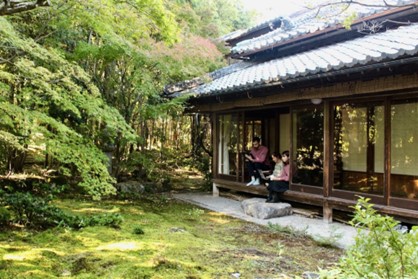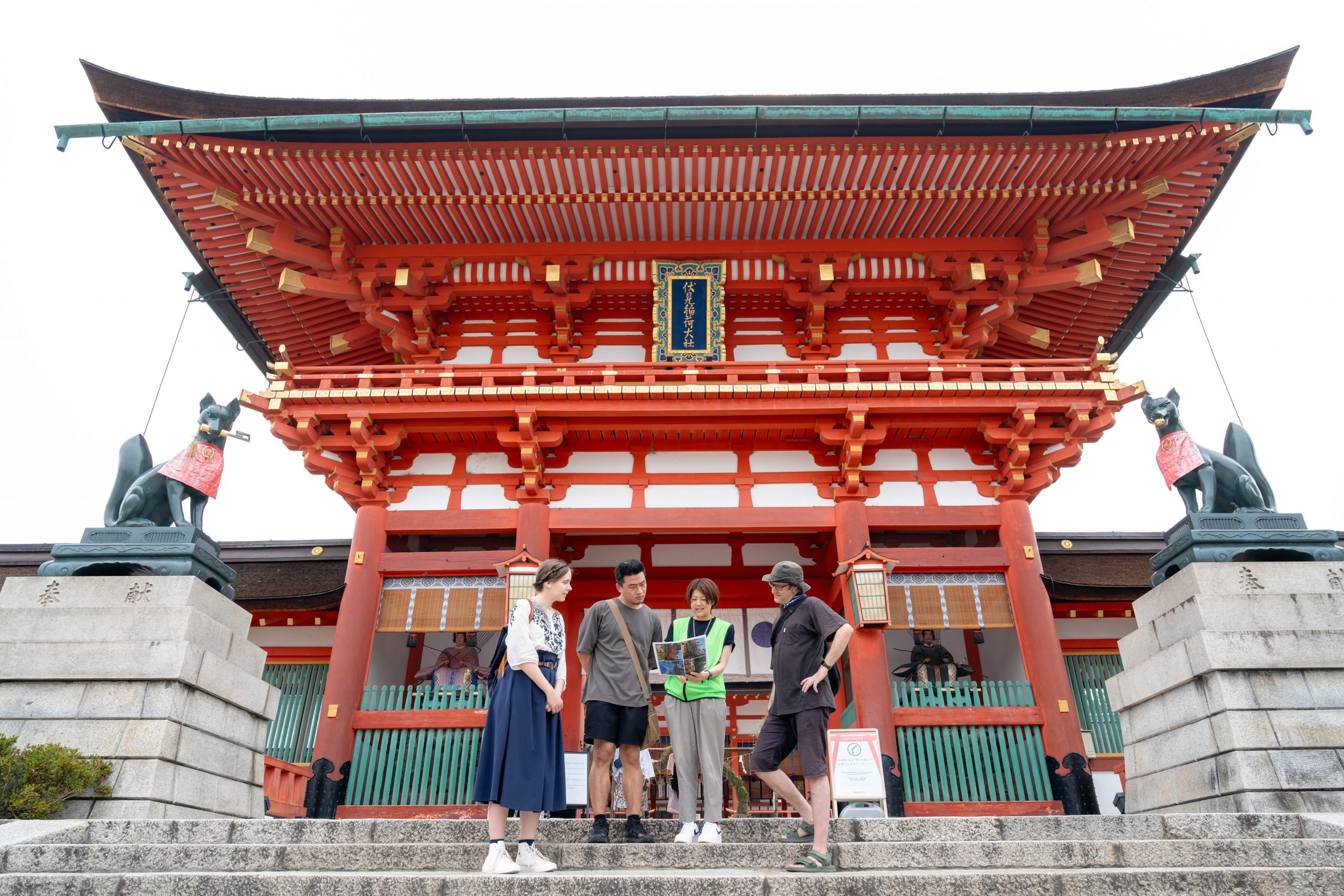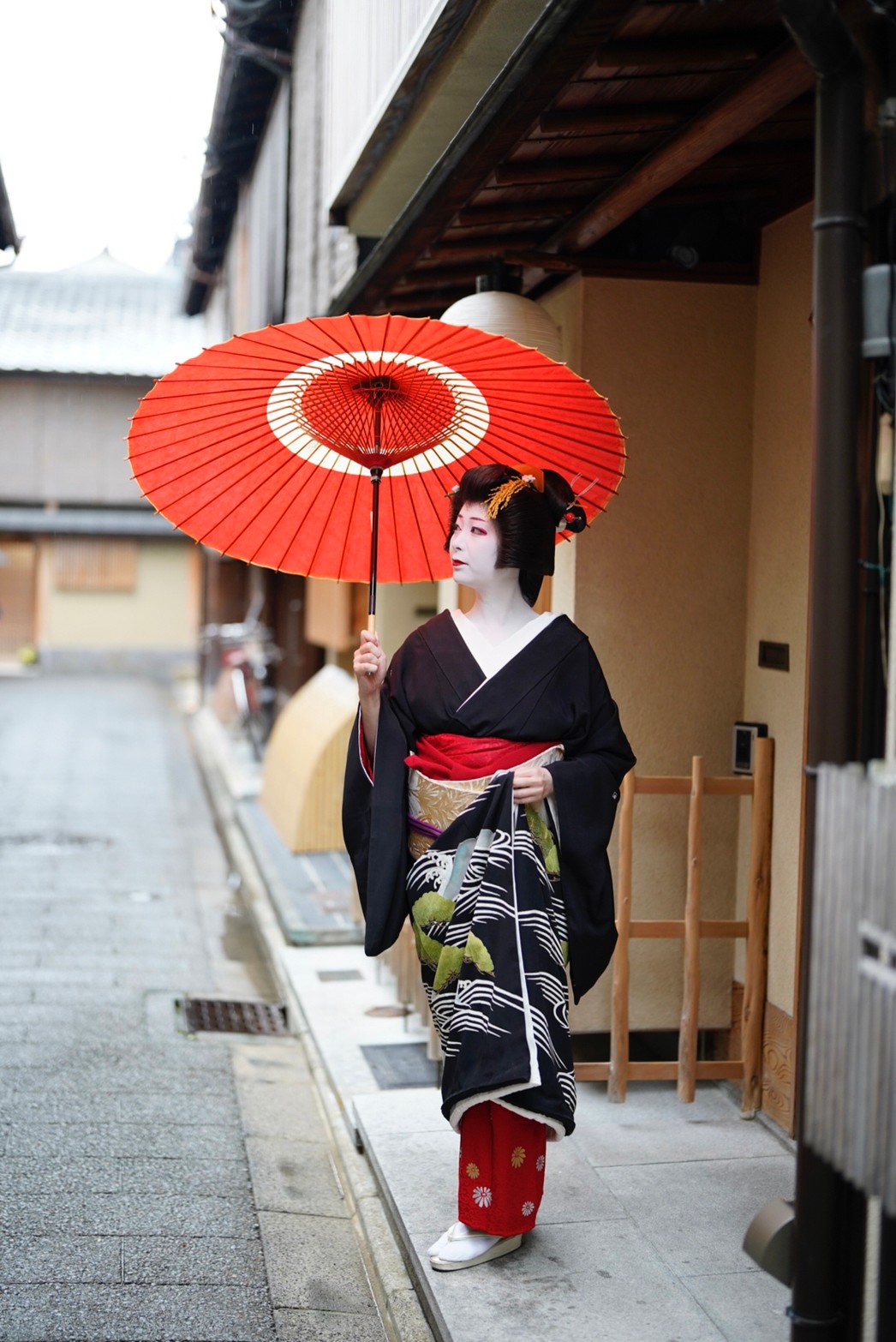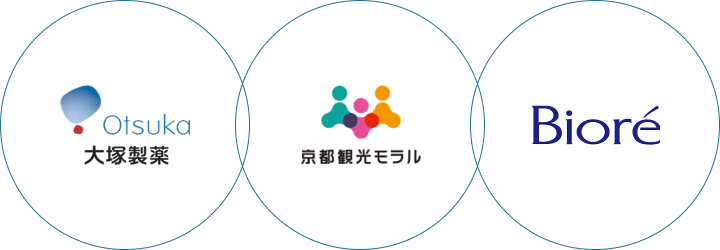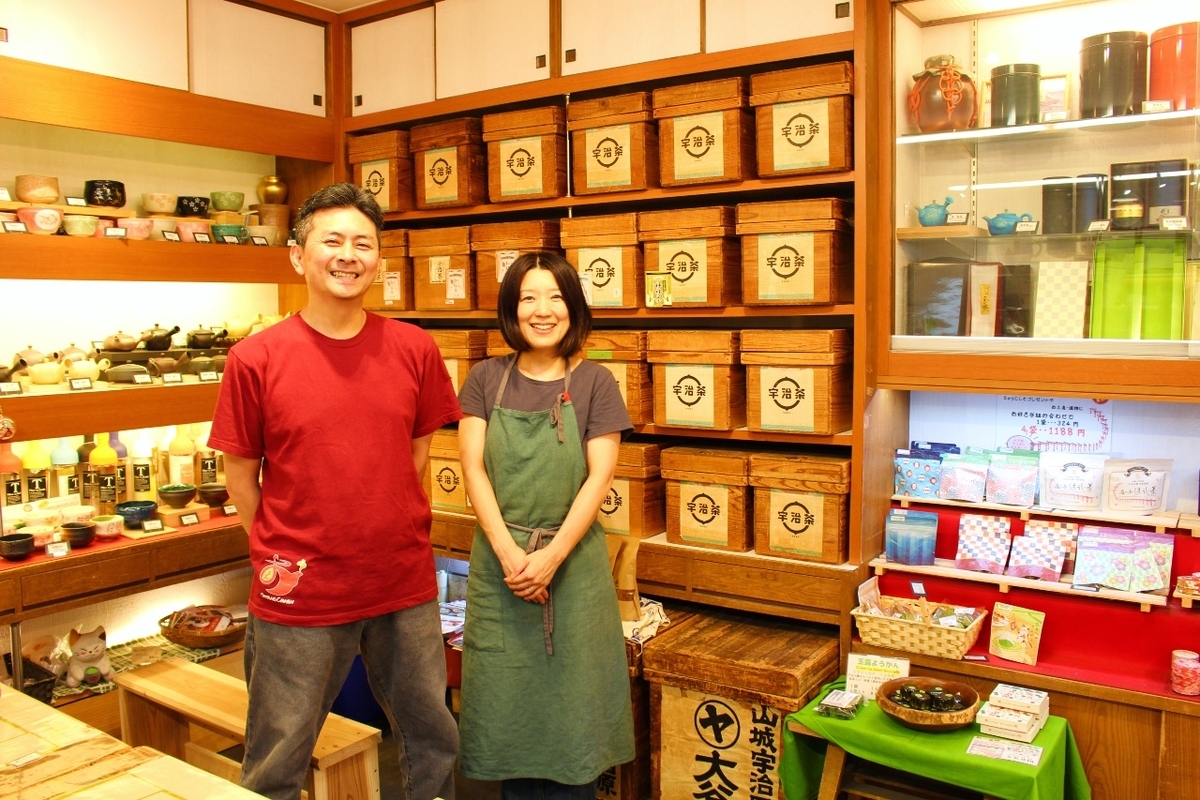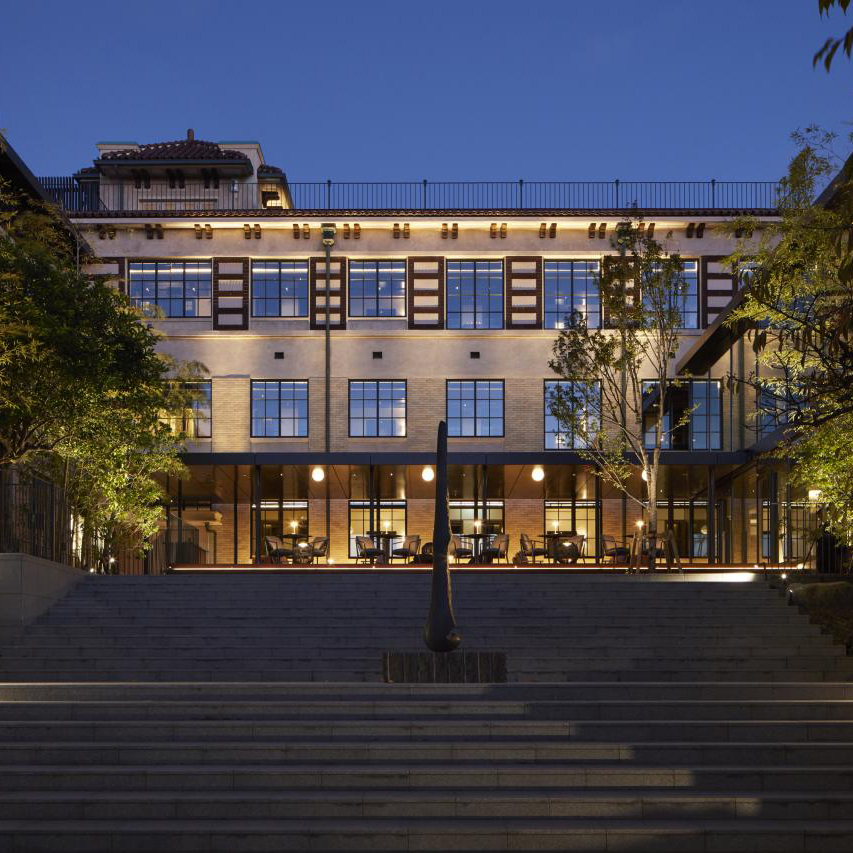
该建筑建于1933年,当时小学迁至现址。它当时因其独特的建筑设计,尤其是装饰细节和室内设计而备受赞誉。©Forward Stroke inc.
一座建于 20 世纪 30 年代的历史悠久的小学建筑,如今已成为一家高档酒店
京都清水清龙酒店于2020年3月22日在京都清水町开业,将拥有八十年历史的清水小学旧址改建为一家融合了过去与现代的酒店。“清龙”又名“青龙”,自古以来就被奉为京都市清水町东部群山的守护神。这家豪华酒店拥有四十八间客房、餐厅、私人浴室和健身房。
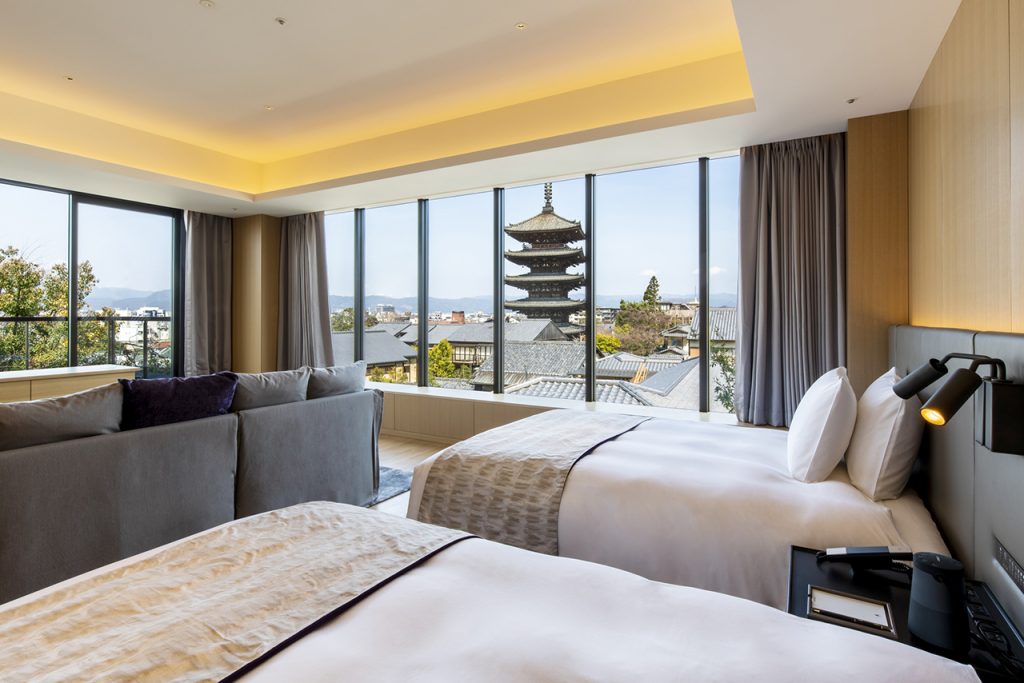
从房间窗户望出去的京都景色。小学的校舍坐落在山腰上,周围环绕着低矮的建筑,是京都的标志性建筑。
京都的小学是地方自治和传统社区活动的中心
京都小学的历史与日本其他地区截然不同。19世纪末,京都共建有64所小学,分别由被称为“伴组”(bangumi)的当地居民组织负责。这发生在日本建立国家小学体系之前。京都的这些小学的独特之处在于,它们是由各个社区的当地居民资助和规划的。因此,每所学校的建筑结构和设计都各不相同,反映了每个社区的财政能力、教育理念和对教育的期望。

这栋小学建筑的结构设计与山坡倾斜的地形相得益彰,格外引人注目。三个翼楼高低错落,呈U形,由中间的大型楼梯连接。©Forward Stroke inc.
一栋精致的西式建筑设计的小学建筑,可以俯瞰京都市
清水小学原为旧下京区(京都市中心南部)第二十七所番组小学,其建设资金来自清水地区居民的捐赠,他们憧憬着未来清水市的美好未来。学校于1933年迁至现址时建造,位于东大路通往清水寺的陡峭道路沿线的高地上,可以俯瞰京都市的全景。这是一栋三层钢筋混凝土建筑。拱形窗户、西班牙瓦片屋顶、下方的木质牛腿装饰以及凹槽瓷砖等精致的细节,赋予了它独特的外观。
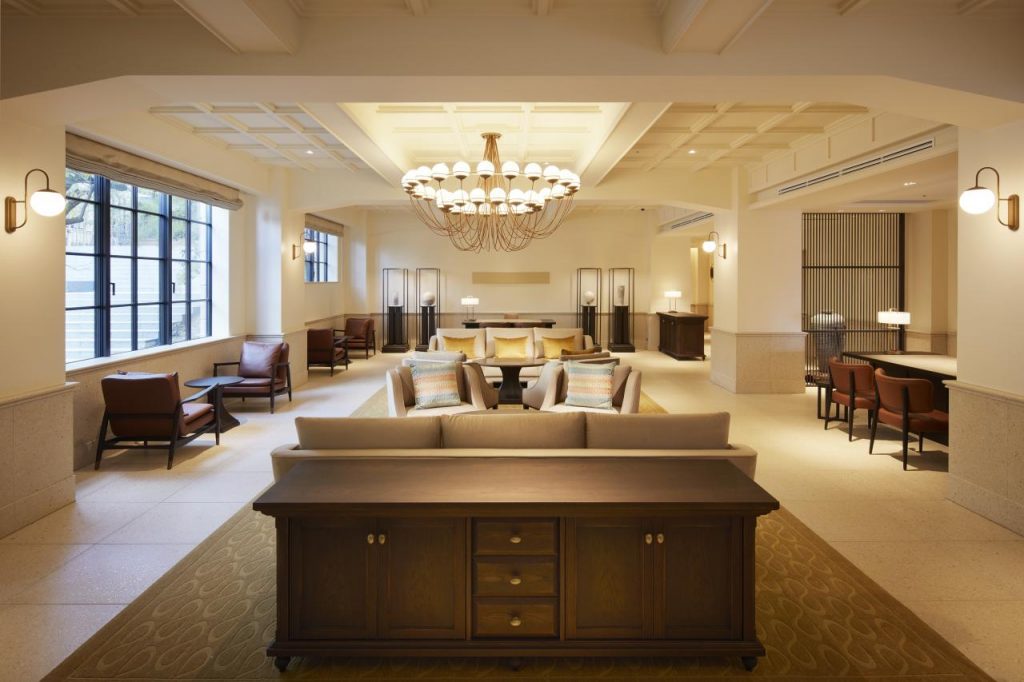
大堂设有两个独立的接待处和一个礼宾台,方便工作人员与每位客人进行无缝互动。©Forward Stroke inc.
学校关闭后,一项延续该建筑遗产的项目开始了
2011年,由于当地小学合并,清水小学不幸停办。为了保护这栋承载着众多昔日学生和当地居民美好回忆的珍贵建筑,并使其世世代代得以传承,人们开展了各种规划。2016年,NTT都市开发公司启动了一项项目,将这栋建筑改建成酒店,兼作当地居民活动和聚会的场所,以及灾害时的避难所。该项目旨在打造一家传承清水小学使命的酒店,为当地居民的学习和社区活动做出贡献。
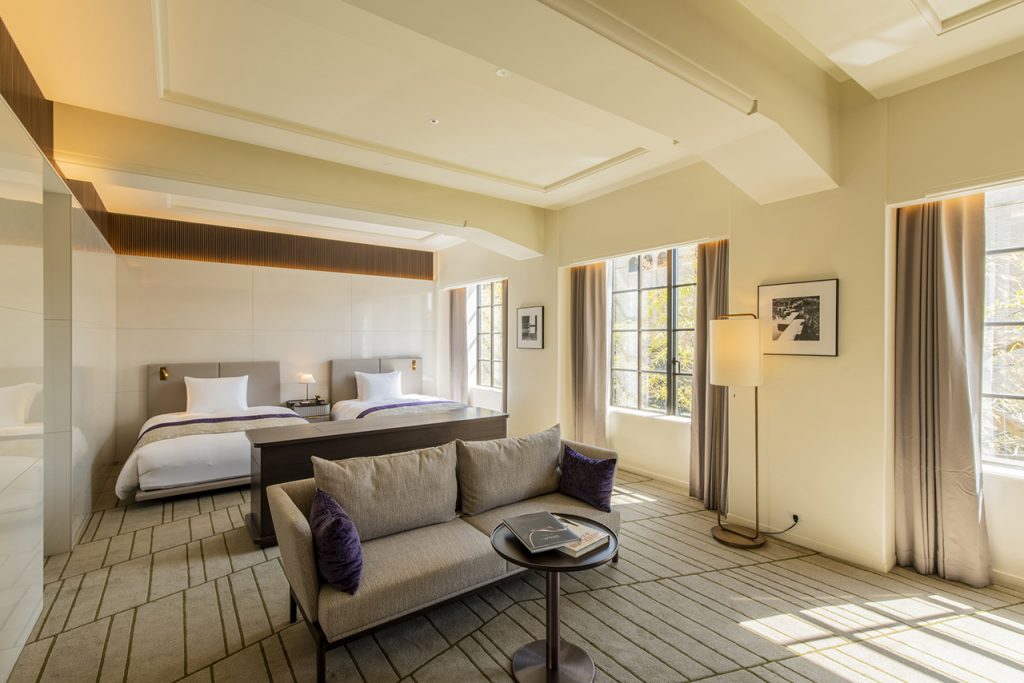
小型套房。采用了简洁的设计方案,与学校建筑的古典特色不冲突。
创意团队致力于设计超越建筑过去和现在的舒适氛围
野村株式会社创意总监小坂龙负责了新酒店的整体设计,包括室内设计。谈到自己参与将这座拥有近九十年历史的停办学校改建为酒店的项目,小坂先生表示:
我尝试将怀旧与创新融合,在建筑和室内空间设计中,赋予西方历史建筑及其室内空间新的功能,并对其保持着极大的尊重。从建筑、景观、室内设计,到平面设计、制服、艺术品、家具、装置和设备,我与创作者紧密合作,创造出一个既新颖又独具特色的空间。
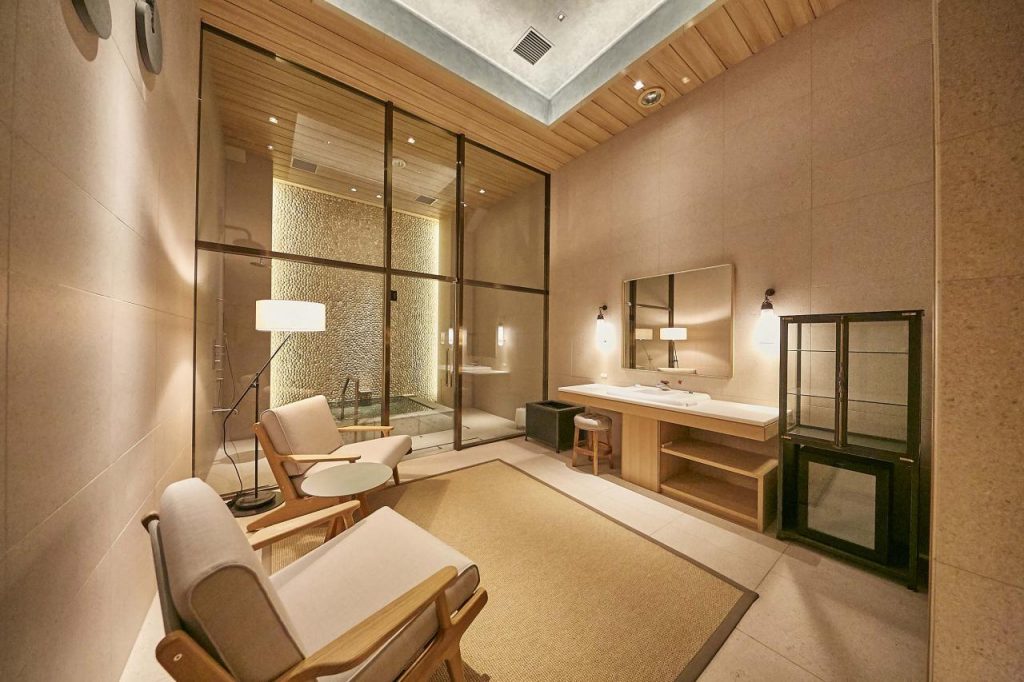
有三间以当地图案命名的私人浴室:“樱花”、“山鸠”和“清水”。每间最多可容纳 4 人,费用为 6000 日元/90 分钟。
餐厅图书馆 The Hotel Seiryu:提供京都当季美食的酒店餐厅
这座昔日的小学融合了日式与西式、现代与古典等多种元素,成为一座反映当地特色的建筑。曾经是演讲厅的侧楼被改造成餐厅图书馆“清流酒店”,这是一家可容纳44人的餐厅,充分利用挑高的天花板营造出宽敞的氛围。餐厅里摆放的众多书籍象征着这栋建筑曾经是学校的一部分。早晨供应的“京都早餐”是一顿健康营养的早餐,提供各种主菜,搭配沙拉、粥和汤等自助餐。非酒店客人也可以在这里用餐。餐厅也可用作多功能空间,举办各种活动或会议。

高高的书架上摆放着许多书籍,给餐厅带来了一种平静、学术的氛围。©Forward Stroke inc.
杜卡斯巴黎监修的餐厅 Benoit Kyō
值得一提的是,京都首家Benoit餐厅已在另一栋楼开业。Benoit由阿兰·杜卡斯创办的米其林星级餐厅监修,供应百余年来深受世界各地美食家喜爱的美食。除了Benoit备受喜爱的菜肴外,Benoit京都还推出采用京都应季食材烹制、体现当地风土人情的原创小酒馆菜肴。午餐套餐包含使用当季食材烹制的菜肴。晚餐则提供单点菜单,包括与葡萄酒完美搭配的开胃菜、主菜以及甜点。主厨是拥有多年米其林星级餐厅工作经验的Anthony Bâcle。

Benoit Kyōto 也对非酒店客人开放。它有 68 个室内座位和 20 个露台座位。
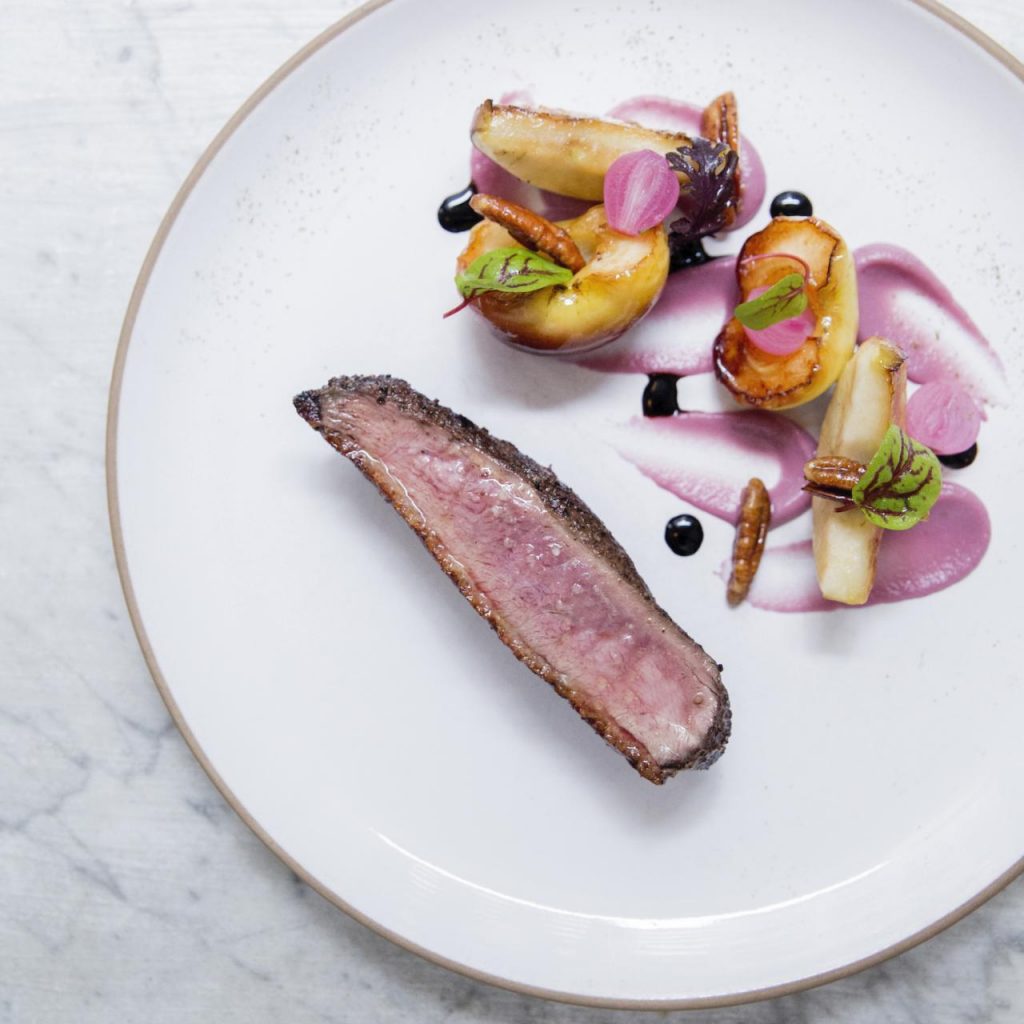
“今日份的格雷诺布洛瓦鱼配炒菠菜”和“京都牛肉罗西尼”是 Benoit Kyoto 的主菜。
京都代表性当地酒吧的屋顶酒吧餐厅
酒店屋顶设有俯瞰城市的K36酒吧。京都著名酒吧K6的调酒师西田稔(Minoru Nishida)参与了K36的创立。K36由拥有地道高档氛围的室内酒吧K36 The Bar和可俯瞰城市美景的屋顶酒吧兼餐厅K36 Rooftop组成。K36提供珍稀的威士忌和葡萄酒,并提供丰富的菜单,是举办各种活动的理想场所。
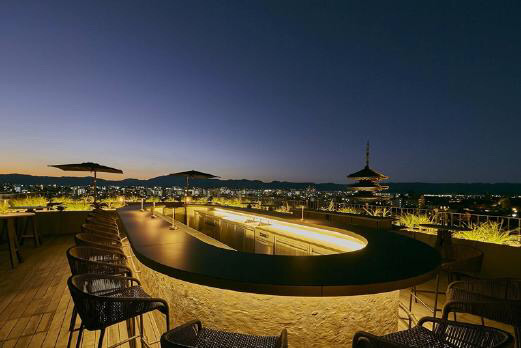
屋顶酒吧和休息室可以近距离欣赏八坂塔的景色。
在过去与现在交汇的空间中邂逅艺术,激发智慧
小坂先生表示,他刻意避免改造小学生上下楼的走廊和楼梯。同时,步入曾经是孩子们学习场所的教室,仿佛置身于一个截然不同的现代世界。酒店的客房、入口和餐厅等各个地方都展示着艺术品,其中许多作品出自当地艺术家或与京都颇有渊源的艺术家之手。入住期间,宾客可以欣赏并被各种艺术作品所吸引。
这所小学曾承载着当地居民对小镇未来及其孩子们的美好憧憬,如今却肩负着连接当地社区与世界其他地区的重任。在这座兼具新旧与奢华的场所度过一晚,无疑是在京都的优质住宿体验——一次高质量的时光之旅。

这条走廊有着古典的外观,可能会唤起一些人的童年回忆。
地址: 京都市东山区清水2-204-2
电话: +81-75-532-1111
交通指南:
出租车:距离京都站约15分钟
京都市巴士:从京都站乘坐巴士约20分钟,从清水道巴士站步行约5分钟,或从五条坂巴士站步行约10分钟
京阪本线(火车):从清水五条站步行约20分钟
网站: https://www.seiryukiyomizu.com/en/
(照片由NTT都市开发公司提供)

